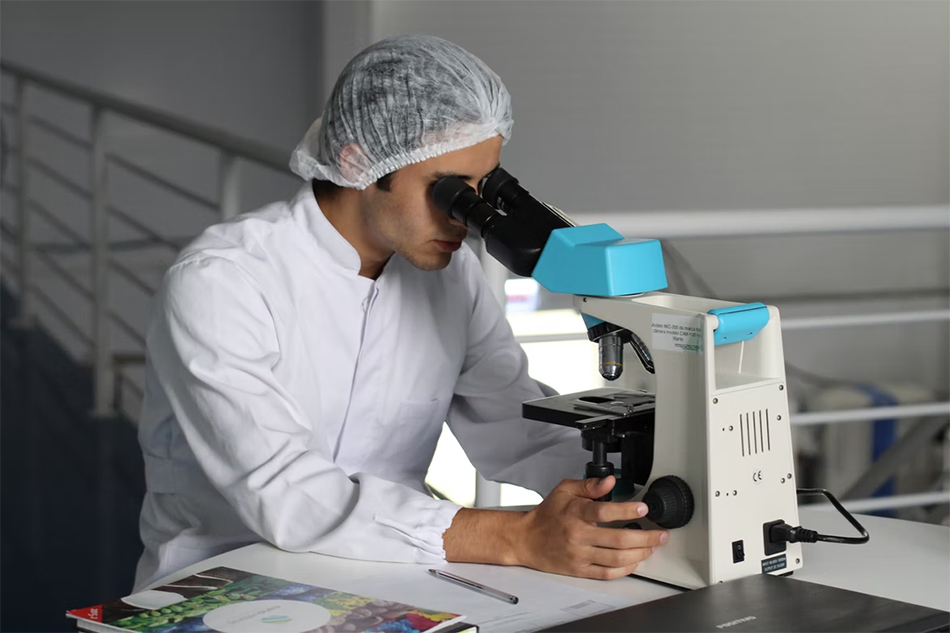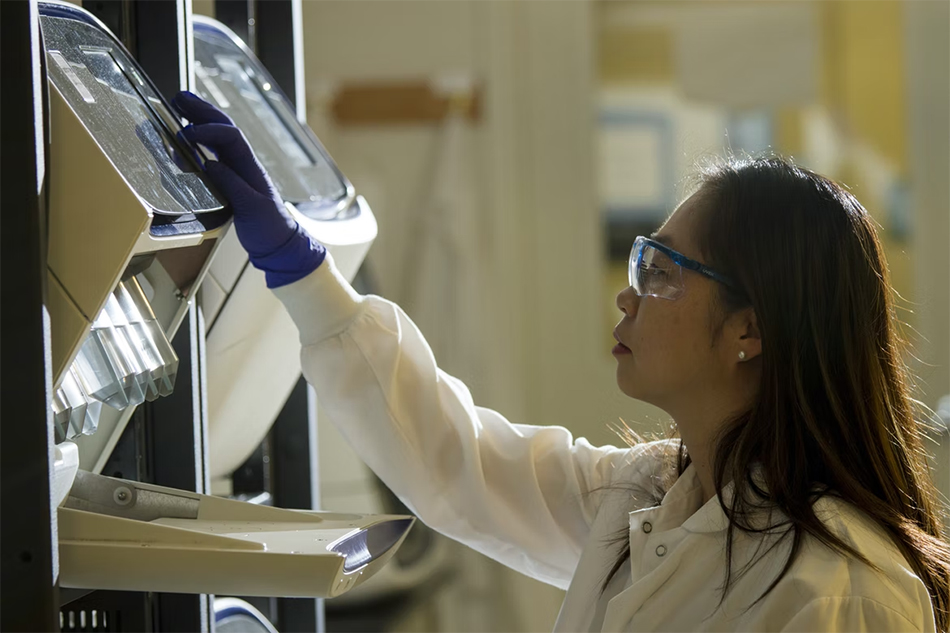Nanotechnology: Innovations in Prospect
When it comes to agriculture, renewable energy, and medicine, few frontiers are as exciting as nanotechnology. In fact, some sources expect its market to reach nearly seventy billion dollars by 2025, thanks in no small part to all of its potential applications in the industries mentioned earlier. However, as exciting as these promising applications are, we already have a range of goods and services that use nanomaterials. The term is generally associated with chemistry and medical technology advancements. However, the use cases are more widespread and subtle than that, covering daily innovations like:
- Composite materials in plastic containers are cheaper, better insulated, and safer than specific glass types.
- Lithium and iron phosphate batteries are typically included in many rechargeable devices like power equipment; they tend to have higher safety profiles and superior power densities compared to their cobalt oxide counterparts.
- Nanoparticles are included in specific clothing articles for static reduction, sunburn prevention, and water and stain resistance.
- Key ingredients in cosmetic and skincare products to enable effective delivery of minerals and vitamins for appearance enhancement.
- Stretchable gold allows for fabrication of circuit boards that can fit into devices like aerospace equipment and IoT sensors.
With all these existing applications in mind, the question is, where does nanotech go next? The following stages undoubtedly broaden the technology’s reach of disease treatment alongside agricultural work and sustainable energy sources. As challenging as these obstacles might appear, nanoscientists have and continue to work on these areas, potentially leading to breakthroughs. For example, there’s been a decline in cancer mortality in the last few years, but there’s still room for improvement. And nanotechnology could potentially enhance current treatment.
Research is also being conducted on the possibility of providing artificial vision for the blind. At the same time, it may also improve upon existing gains for the capture and storage of solar energy, food production, packaging, and processing. With that said, here are some innovations in prospect for nanotechnology.
- Cancer medication and treatment
There are currently three types of treatment for cancer: radiation, surgery, and chemotherapy. They’ve played an instrumental part in saving lives and lowering cancer mortality rate. However, they also have limitations. More often than not, they need to damage the healthy tissues to ensure the eradication of cancerous ones. Through nanotechnology, it may be possible to only target cancerous cells while leaving everything else alone since it can flow through the human body.
- Renewable energy
Solar cell prices have been going down for years, resulting in the immediate expansion of the infrastructure for renewable energy. The prices per watt with the installation of solar panels have fallen considerably too, making it a more feasible and economical prospect. But much like cancer treatment, it can be better. With the use of nanotechnology, not only can costs be driven down further. But it can also lead to more effective light absorption and its efficient conversion to energy.
- Food processing and agricultural production
As the population worldwide continues to increase, so too is food demand. Therefore, agriculture will have to keep up with the growth and ensure a more consistent access with safe and healthy food. And using nanotechnology can aid in agriculture—from food packaging to farming.
Conclusion
Nanotechnology holds a lot of potential in many sectors, from agriculture to medicine. Therefore, it isn’t surprising that its market continues to grow, and as it does, we’ll likely see more advancements and applications with the tech.


